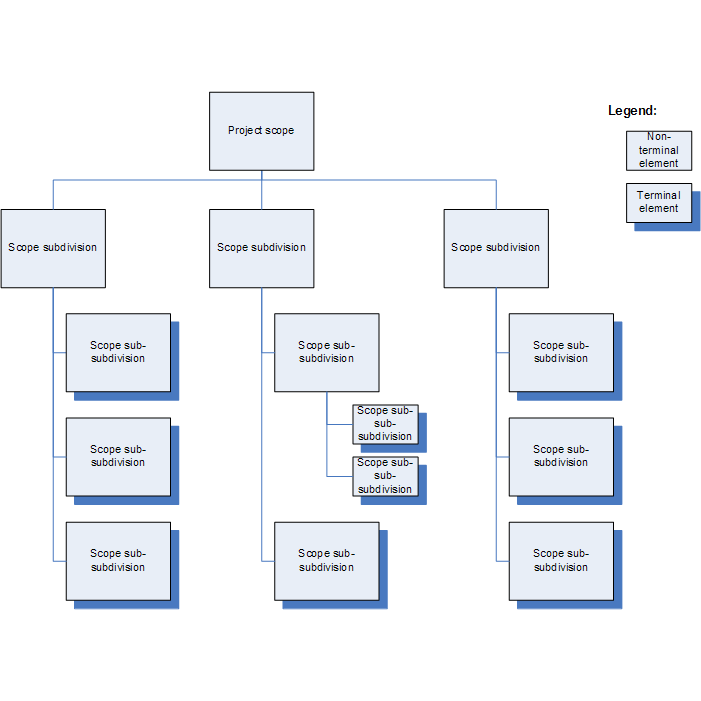 This is the third article in a series devoted to the 10 areas of knowledge covered by PMBOK since its 5th edition. Read more on the two articles already publishedon project integration:
This is the third article in a series devoted to the 10 areas of knowledge covered by PMBOK since its 5th edition. Read more on the two articles already publishedon project integration:
The 10 areas of knowledge. 1: Project integration management
Integration with the ITM Platform Project Menu
Control project time, effort and costs in real time with ITM Platform
The areas of knowledge are listed by importance
The areas of knowledge recognized in the PMBOK are practical subdisciplines that can be described as a set of methodological component, the sum of which covers the total domain of project management expertise. In contrast with the six phases of a project, the areas do not follow a cronological logic, but are rather sorted by importance. That explains the fact that project integration, almost a meta-area of knowledge that extends across all the rest, appears first and not last. Without component integration, there is no project beyond its parts. In other words, integration is a necessary condition for the existence and survival of a project. We're not even talking about results, efficiency and success.
That's where the next area of knowledge comes in. Now that a project exists, we want to do something specific with it. Project scope management allows to properly fulfill the two most basic conditions for a project to yield the result expected:
- The project includes all the work needed
- The project excludes everything that is not strictly necessary
In other words: while integration consists in giving life and sustaining a project as a complex artifact, scope management controls the causal relationships between project components and the final result. If the idea of a project starts with the final results, scope management includes all the causal factores that explain that future state.
The benefits of proper scope management are self-evident: by following the processes included in the area, the project manager will increase the chances of success and facilitate a clear work structure for the project team.
Due to the causal nexus implicit in the notion, scope can refer to:
- Product scope : functional requirements to be delivered to the client.
- Project scope, a broader term that often extends to include product scope. Project scope refers to the "how" (the means) rather than to the "what" (the product), and includes all the piececs that need to be take into account throughout the project lifecycle, including risks and management alternatives.
Project scope management
Project scope co-depends from the two other variables in the famous triangle: time and effort. The three variables exert a reciprocal influence, so that (at least theoretically) a larger scope can be tackled with a longer time devoted to the project or with a larger number of resources devoted to it.
The processes included in this area are thus tools to define the scope triangle with the maximum accuracy. Beyond the creation of a scope management plan, the processes include:
- Requirement collection
- Scope definition
- Creation of a Work Breakdown Structure(WBS)
- Scope validation
Of course, as we'll see in coming articles, risk management has an enormously important role in scope protection: it forsees possible situation that may alter it, and design mitigation responses.
Fine-tuning the scope definition
An accurate definition of the project scope improves time estimates, the efficacy of budgeted costs and the resources needed, forming a baseline against which all subsequent performance metrics and monitoring activities will be tracking. At that stage the scope also connects with the important area of project communication, which is vital to prevent the scope from gradually expanding.
Project Scope Statement
This detailed statement includes the following:
- Objetives
- Project scope and qualities
- Project requirements, conditions or delivery capacity
- Limits
- Results
- Acceptance criteria
- Budget
- Initial organization
- Initially defined risks
- Programmed milestones and important dates
- Cost estimates
Work Breakdown Structure
This logical method to decompose the work needed into its smallest possible pieces is vital. Starting from the scope statement, it groups all tasks in a diagram and enables the work of creating a detailed gantt chart with dates, estimated costs, required resources, and possible change scenarios.

WBS can easily become the soul of the planning process - the whole team participates in its definition so no level or task are left behind.
WBS Dictionary
Project scope management consolidates around this imperative document, which contains both the statement and the WBS and extends to a detailed description of work packages with their objectives, assignments, dates, acceptance criteria, assumptions, assigned resources and dependencies.
This instrument of permanent consultation shows the different relationships between work packages and consolidates the scope baseline.
Recommendations
Beware the kitchen sink syndrom!
One of the clichés in project management but unfortunately an invariably common risk, scope creep is also known as "Kitchen sink syndrome". Projects are particularly vulnerable to scope creep when they are large and/or innovative. In the latter case, for example, it's understandable that some of the basic requirements in the WBS may become black boxes with more complexity than initially estimated.
Realism is no time waste
That's the reason why an extraordinary effort to compile realistic requirements can avoid so many problems later down the road. It might seem counterintuitive to spend hours trying to properly understand the dimensions of a secondary area within the project - but if major areas have dependencies with it and as a consequence the critical path is accepted, a delay in the project start will surely be compensated with better time control throughout the execution.
Descriptive and permanent communication with the project team and stakeholders substantially supports scope management. Don't think that it's a waste of time to talk to a technician about apparently nimble aspects of her routine: it may help you steer the complexity of your project with dexterity.
Control, control, control
Project monitorization requires the adoption of tools that immediately identify deviations with estimated times. If you lack visibility of the time your team members are devoting to their tasks, or if your financial management is not properly connected with the project advance you will immediately benefit from ITM Platform advantages.
